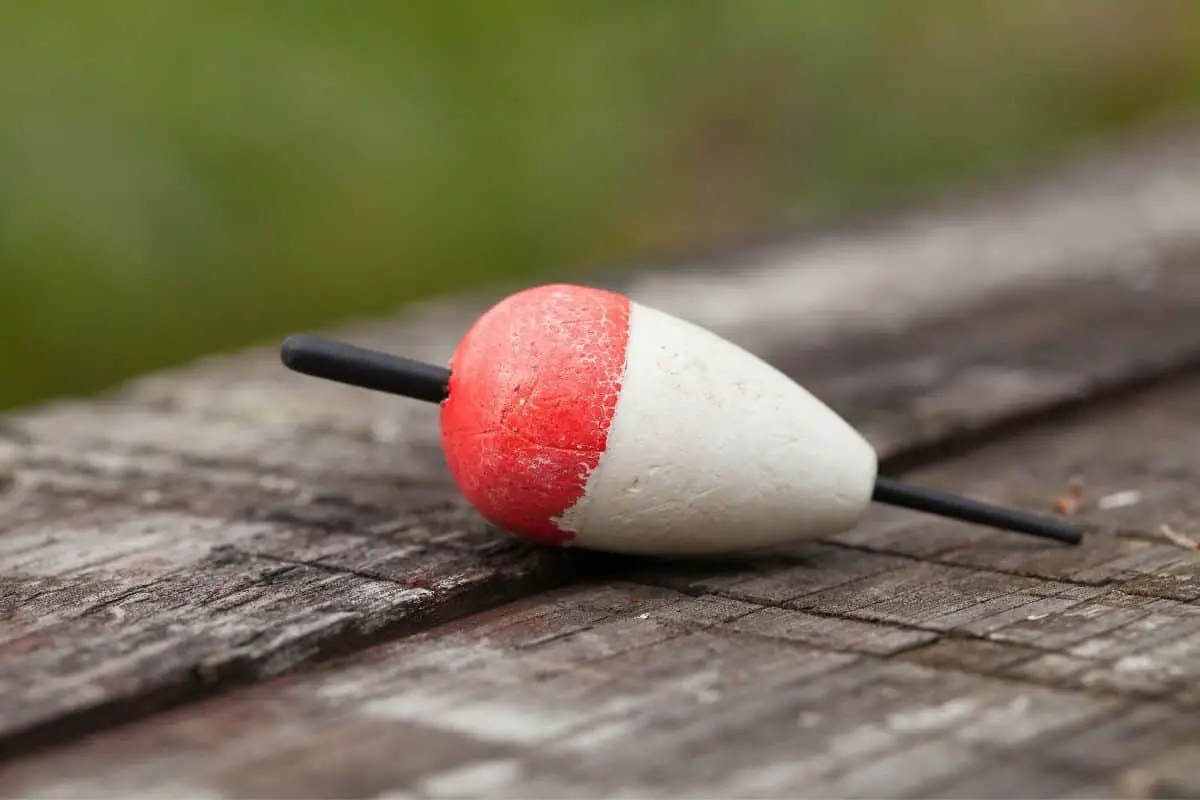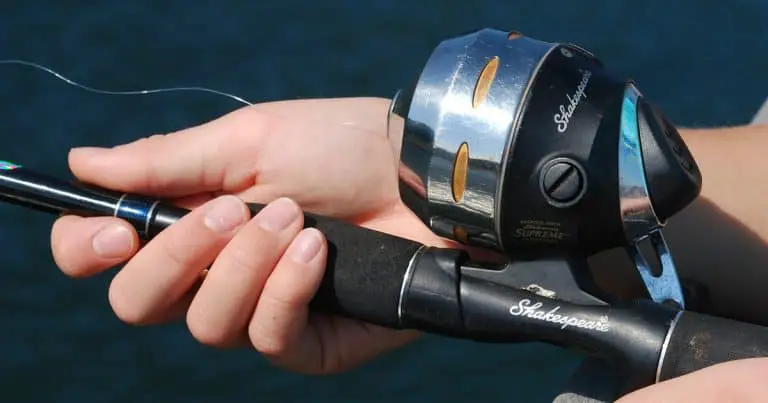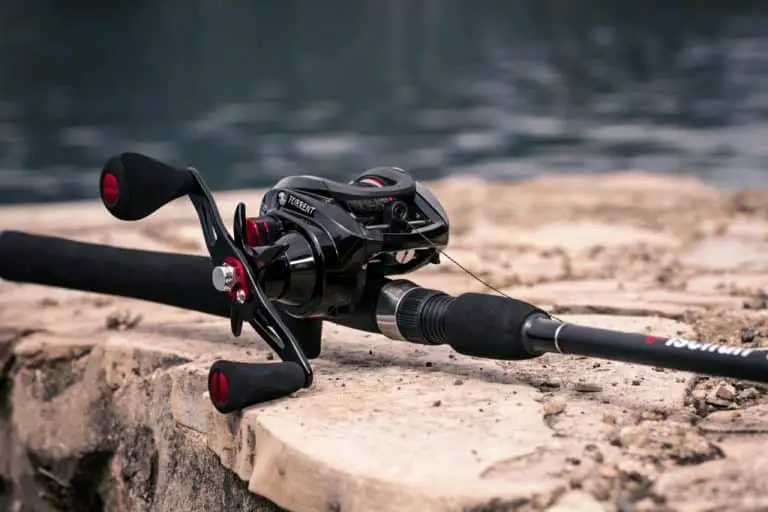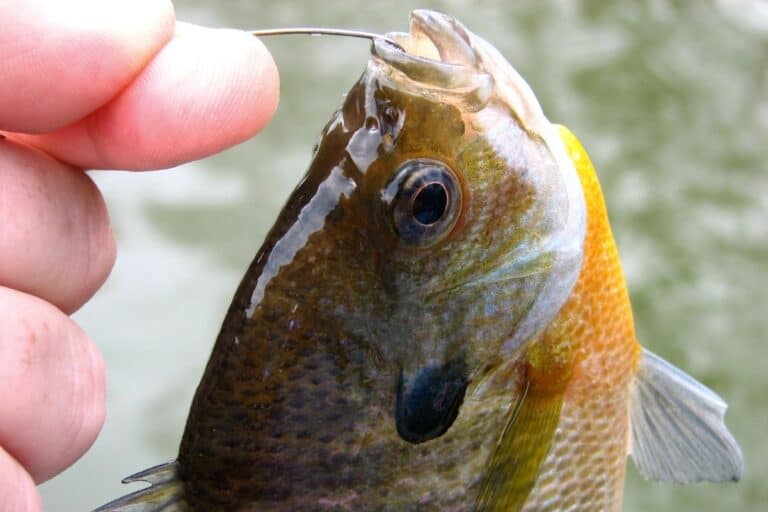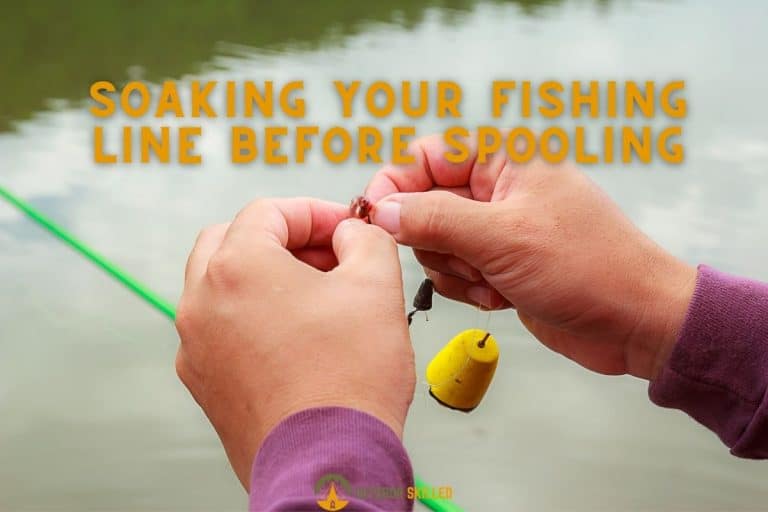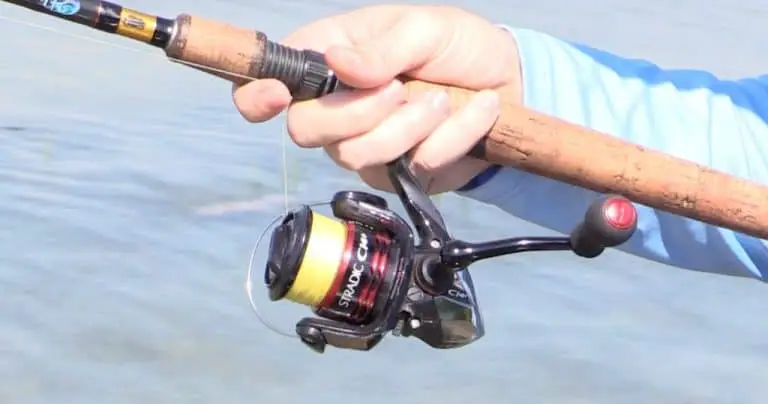Do Bobbers Scare Fish? Here is How to Use Them Properly
Float fishing tackle is widely used by many anglers in lakes, streams, sea bays, and shallow areas of the water.
They have many benefits as they can help anglers detect subtle bites. They also allow anglers to control the depth at which their bait is suspended in the water and often help improve the casting distance.
However, some anglers avoid using bobbers as they have some troubling drawbacks. These drawbacks include making bottom fishing slightly more difficult and sometimes even spooking fish away from the bait.
So, do bobbers scare fish? Bobbers do not scare fish as long as they’re used properly. You need to attach the bobber on your line at about 24 to 36 inches away from the hook and avoid using bobbers that are too large. While bobbers might startle fish when they’re cast at first, they won’t scare them away completely.
Continue reading to learn more about bobbers, what makes them necessary to use when fishing, and how to use them correctly.
Table of Contents
What Is a Bobber?
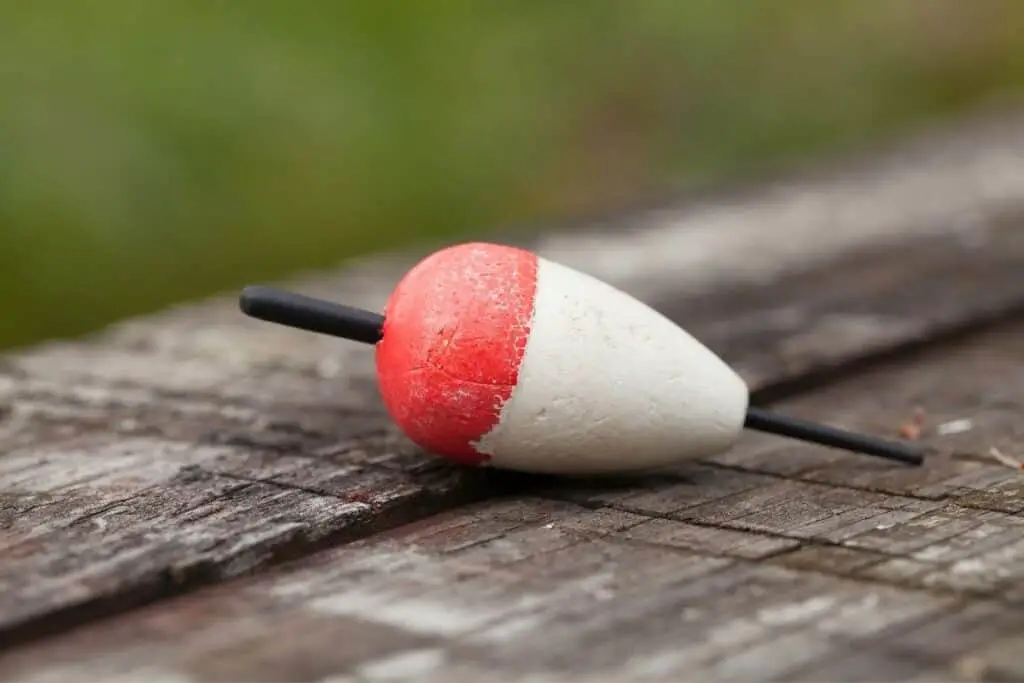
A bobber is a kind of floating tackle that anglers mostly use as a strike indicator. They also act as a buoyant that ensures that the bait and fishing hook remain visible above the fish.
They’re usually made of wood or any light materials such as cork, plastic, or foam and they come in a variety of shapes, weights, and colors. Your choice will mainly depend on different fishing conditions and rigs.
There are two basic types of bobbers that are commonly used among anglers which are fixed and slip.
Fixed bobbers are attached firmly to your fishing line with spring-loaded hooks, pegs, or other devices. They’re the most ideal if you’re fishing in waters that are no deeper than the length of your rod.
Slip bobbers, on the other hand, are more suitable if you’re fishing in deeper waters or if you’re casting long distances. This type eliminates casting problems caused by the long length of your fishing line between the bobber and hooks as the bobber slides up and down the fishing line and your entire rigging can be reeled to the rod tip.
Before using a bobber, you need to choose an appropriate size that will allow it to float above the bait without being submerged. Make sure that the bobber is small enough so that the fish you’re targeting can easily pull it under without facing too much resistance. Also, keep in mind that using a bobber that’s too large might cause the fish to drop the bait.
Why Do Anglers Fish with Bobbers?
Bobbers are highly useful for anglers as they serve a variety of purposes that make their fishing experience a lot easier. Let’s break down the main reasons why bobbers are often necessary for fishing:
They can be used to let you know when a fish bites as they give an early indication of nibbles that are too sensitive to detect without them.
They can keep the bait suspended off the bottom where fish are feeding. This gives fish a better chance of locating the bait. They can also keep the bait suspended safely over debris, wood, and vegetation that can easily snag your hook.
They can help you improve your casting accuracy and also cast further. That is because they add weight to your lures which enables you to maneuver your bait easily to the best fishing spots.
How to Fish with Bobbers?
In order to effectively fish with bobbers, you first need to learn how to attach them correctly to your fishing line.
Generally, it’s recommended to attach a bobber at around 24 – 36 inches from the hook but it usually depends on water depth and where fish are likely suspended.
The deeper you cast your line out, the longer the line from the bobber should be. However, it’s important to keep in mind that the longer the line, the tougher it will be to get a solid hookset.
In order to properly fish with a bobber, you need to throw your fishing line to the desired distance. No matter what your depth is, your fishing line will sink down to the bottom and your bobber will lie flat.
When the bobber hits the ground, its water tank will automatically fill up and bring the bobber to an upright position. This upright position will cause your fishing rod to stretch ensuring that your bait will be visible under all circumstances.
It’s also important to keep in mind that the weight of the bobber will allow you to cast further without sinking the material while its barrel swivel will allow your bait to spin around or move freely without causing your fishing line to twist.
Here is a video that explains it even more:
Related Questions
Do Light-Up Bobbers Scare Fish?
Light-Up bobbers do not scare fish. The initial splash of the bobber might startle fish at first, but it won’t scare them away completely. Light-up bobbers are usually the best if you’re fishing at night or in low light conditions as they will increase visibility and help you detect subtle bites easily.
Does Color Matter When Fishing with A Bobber?
Color does matter when fishing with a bobber, especially when fishing in extremely clear water. If the fish can detect your bobber, they might be spooked away from your bait. So, it’s important to use clear or smoky colored bobbers. This will help the bobber blend more into the water and make it look like another floating piece of debris.
You can learn more about what colors do fish see here.
How to Choose the Right Bobber Size?
Choosing the right bobber size depends on the weight of your fishing line as well as the weight of the fishing you’re targeting. If you’re using a bobber with a heavy line while targeting a large fish, it won’t be effective as the bobber will sink without suspending your bait.
When Is It Better to Fish Without a Bobber?
There are some situations where using a bobber will not be the most ideal. It’s usually not recommended to use a bobber if you’re bottom fishing with large baits. It’s also not recommended to use a bobber if there’s strong wind as it can cause your bait to drift unnaturally in an opposite direction.
What Fish Can You Catch with a Bobber?
There are many fish you can catch with a bobber such as crappie, perch, bluegill, stocked trout, walleye, pike, catfish, carp, and bass. Bobbers will help suspend your bait at the bottom where these fish are feeding. You can target them using baits such as worms, minnows, crickets, grasshoppers, and salmon eggs.
Helpful Resources
Fishing Basics – Department of Environmental Conservation
Reliable Rods You Will Love (and Can Afford)
- Fishing for Bass? Check out these very sturdy Bass Fishing Rods
- Ice Fishing? These Ice Fishing Rods Will Never Let your down
- Get the best Trout Fishing Rods here, and the best Catfish rods here
- No rods give you a better value for your money than these Saltwater fishing rods
- Get the best Telescoping fishing rods here, the best Baitcasting rods here, and check out these superb Kayak fishing rods here.
- Fishing the Flow: Expert Picks for the 15 Best River Fishing Rods

